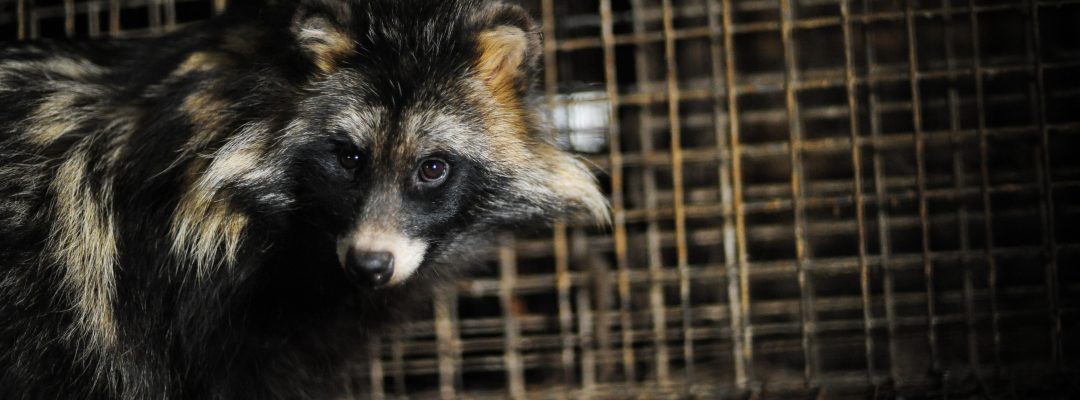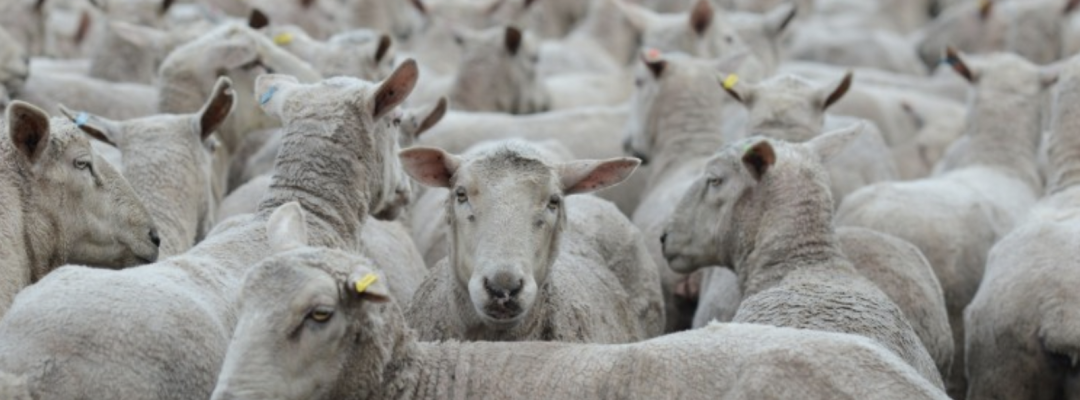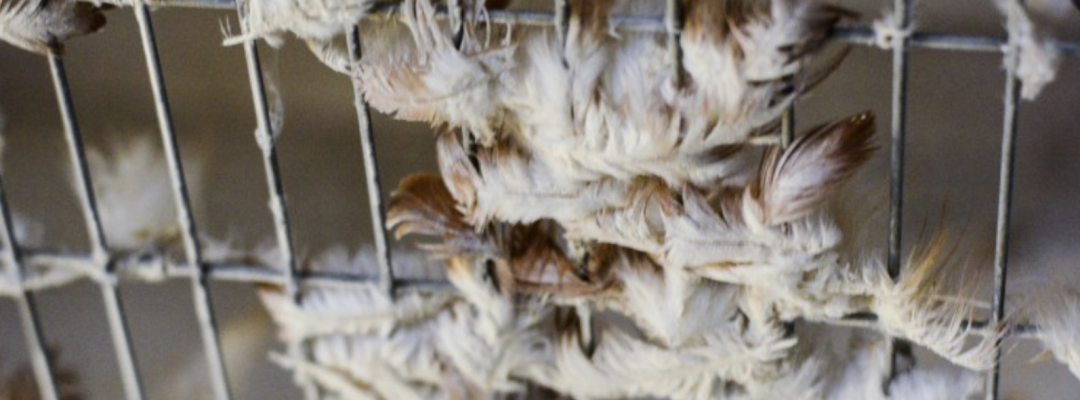ANIMALS USED FOR FASHION
Fur consumption is on the rise. Between 2011 and 2015 global fur sales almost tripled, rising to $40 billion in 2015. The demand for fur is attributed to factors such as its increased popularity in China; the popular use of fur trim; the practice of dying fur; technology advancements and celebrity fur use.
INFO AND LINKS ABOUT THE INDUSTRY

FUR FARMS
Over a hundred million animals are killed annually for fur and fur factory farms supply 95% of the fur to the industry. Animals spend their short lives standing on wire floors in tiny cages, enduring both physical and psychological trauma. Their natural instincts are constantly frustrated, often causing “stereotypic” behaviour, self-mutilation or the mutilation of a cage companion. The most common methods of killing include gassing, electrocution and clubbing. It is estimated that there are about 6000 fur farms in the EU and every year about 30 million minks, 2 million foxes and 100,000 sheep dogs are killed on European fur farms. China is the world’s largest importer of fur and also the world’s largest exporter of finished fur products.
ANIMAL EQUALITY – Fur and Skins
DJURRÅTTSALLIANSEN – Clothes – The fur industry globally
FARM SANCTUARY – Wool, Leather and Down
THE ASSOCIATION FOR THE PROTECTION OF FUR-BEARING ANIMALS – Fur Trade
THE ASSOCIATION FOR THE PROTECTION OF FUR-BEARING ANIMALS – Fur Farming
PETA – The Fur Industry
PETA – The Chinese Fur Industry
PETA – Inside the Fur Industry: Factory Farms
PETA – Animals Used for Fur
DJURRÅTTSALLIANSEN – The fur industry in Sweden
DJURRÅTTSALLIANSEN – The fur industry globally
ANIMAL LIBERATION – Australian Capital Territory – Fur
COMPASSION IN WORLD FARMING – Ireland – Farm Facts: IRISH FUR FARMING
DJURENS RÅTT – Animals in the Fur Industry
ANIMA – Pelsdyr

WOOL
As of 2015, around 1.163 billion sheep are farmed to produce clean raw wool globally. Australia is now the world’s largest wool producer and supplies around 25% of greasy wool to the world market. Domestic sheep have been bred to produce far more wool than is natural and they often suffer from overheating and flystrike, which can cause illness or death. To treat flystrike, farmers use a technique called “mulesing,” slicing large swaths of skin from the lamb’s backside without the use of anaesthetics or painkillers. Wounds from Sheepshearing can easily become infected and in large herds, individual medical care for wounds and other ailments is rare. After years of brutal and often bloody shearing, sheep are slaughtered for meat.
ANIMAL EQUALITY – Wool
FARM SANCTUARY – Wool, Leather and Down
PETA – The Mohair Industry
PETA – The Wool Industry
PETA – The Hidden Lives of Sheep
PETA – Mulesing by the Wool Industry
PETA – Live Export by the Wool Industry
DJURRÅTTSALLIANSEN – Leather, wool, down and silk
ANIMAL LIBERATION – Australian Capital Territory – Wool
CARE2 ANIMALS – Top 10 Reasons Not to Wear Wool
VEGAN PEACE – Wool

DOWN/FEATHERS
Ducks and geese are primarily used to produce down. 80 % of the down and feathers used globally are produced in China and the majority comes from ducks. It takes approximately 75 + birds to make enough down for an average comforter. There are three methods used to remove down and body feathers: post mortem; gathering (plucking the feathers when the animal is close to molting season) and live plucking (repeated plucking of feathers every 6-7 weeks). Plucking may begin when the animals are just 10 weeks old. Purchasing down products directly supports the egg, meat and foie gras industries.





